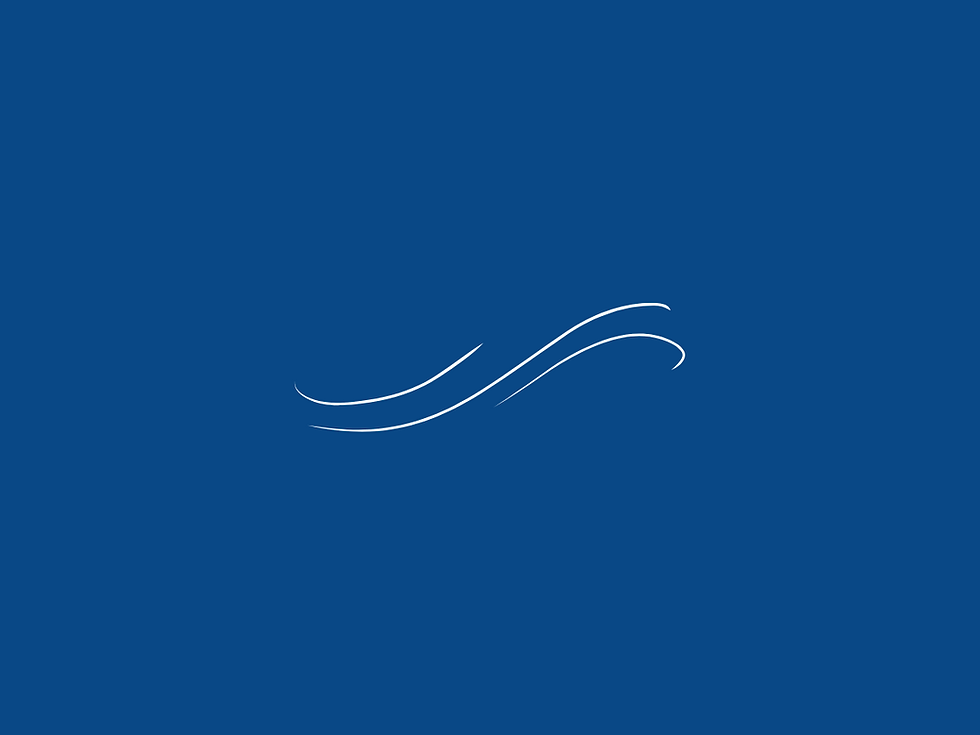The Journey of a Mistake
- Shum
- Dec 24, 2023
- 3 min read
Mistakes are a particularly interesting thing.
We make them all the time. We witness others making them all the time.
We blame others for our own. We think we can avoid them.
They really have an entire life and story of their own.
I've been thinking about mistakes recently, and I'd like to propose a structure for how we explore the mistakes we make.
This structure is more of a journey that takes place in four parts, with the end goal being to learn from our mistakes.
Part 1: Realizing
Before we begin our journey to learning from our mistake, we must first realize we have made a mistake.
This realization is often something we have within ourselves—internally. It may be true that someone external to us realizes it as well, possibly even before we do. Regardless of that external personal, when we realize our own mistake, that feeling is a deeply personal one.
Once we've reached this realization, we're faced with a dilemma: Ignore the mistake or own the mistake?
If you choose to ignore it, the journey ends here.
If you choose to own it, there are a few more parts to work through before getting to learning.
Based purely on the number of parts to work through, ignoring your mistake is the much easier option to take.
And you know how we humans are when it comes to easy options.
I should add, a subcategory of choosing to ignore the mistake is also blaming someone else for the mistake.
Both actions achieve the same end: making ownership of the mistake go away. The journey ends here.
Let's keep playing, and choose the harder option.
Part 2: Owning or Admitting
The most interesting thing about part two, and I think the thing that will teach you the most in any of the parts of this journey ... is how long—literally in terms of time—it takes you to get to this part.
The gap between realizing your mistake and owning or admitting to it, is a way to measure how accountable you are.
Accountability increases as this gap decreases.
Owning your mistake forces you to take the feeling that is currently internal (the realization) and make it external. This is an incredibly vulnerable moment.
If you can get yourself to this vulnerable place and walk through it, the work left to do in this journey will feel much easier.
Part 3: Fixing
There is one characteristic that makes the fixing of any mistake not only possible, but perhaps even smooth.
Humility.
“Humility is openness to new learning combined with a balanced and accurate assessment of our contributions, including our strengths, imperfections, and opportunities for growth.”
I love this definition. To fix a mistake, we need to be open to new learning and have an accurate assessment of our own imperfections.
We are human. We are imperfect.
Fixing, like owning or admitting, also involves external work.
Part 4: Learning
The reason I separate fixing from learning is because I think learning can have many layers.
There can be a technical learning, which perhaps involves getting better at a particular skill, technique, or process, so that you avoid a future mistake.
There can also be a meta learning, which often requires a bit more reflective time, because you can apply it to many more situations.
The technical learning, might happen very quickly, whereas the meta learning often requires more processing time.
Learning in general, brings us back within ourselves.
Our journey ends where it began—internally.
Conclusion
If you choose to take the journey through these four parts, you will be a different person by the end of it.
It's true of most worthwhile journeys.
And like most worthwhile journeys, it's hard.




Comments